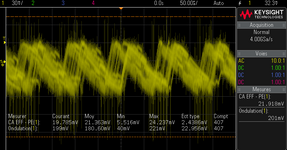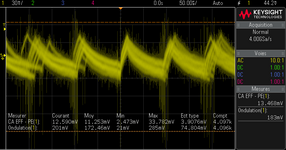MrArthegor
Member
Hello everyone
I have a Macintosh Classic (I have made a post for this computer several years ago), the initial issue has been a checkerboard screen, and the attempt to repair was ended in a blown fuse.
Back to this week, I have resumed the work on this computer and I have made some progress, the culprit of blowing fuse was the primary MOSFET, I have also replaced all secondary caps and checked the bridge rectifier and the octocoupler, which is good.
The Macintosh with the new MOSFET have started briefly (showing the floppy icon), confirming it’s was the original culprit for checkerboard, but now I have this strange whistling and it reset himself, the issue seem to go worse and worse with the rest frequency shorter and shorter
Has anyone experienced thing like that before or has any idea of what can cause this thing to happen
Thank you for reading me and sorry for my English is not my native language
I have a Macintosh Classic (I have made a post for this computer several years ago), the initial issue has been a checkerboard screen, and the attempt to repair was ended in a blown fuse.
Back to this week, I have resumed the work on this computer and I have made some progress, the culprit of blowing fuse was the primary MOSFET, I have also replaced all secondary caps and checked the bridge rectifier and the octocoupler, which is good.
The Macintosh with the new MOSFET have started briefly (showing the floppy icon), confirming it’s was the original culprit for checkerboard, but now I have this strange whistling and it reset himself, the issue seem to go worse and worse with the rest frequency shorter and shorter
Has anyone experienced thing like that before or has any idea of what can cause this thing to happen
Thank you for reading me and sorry for my English is not my native language


